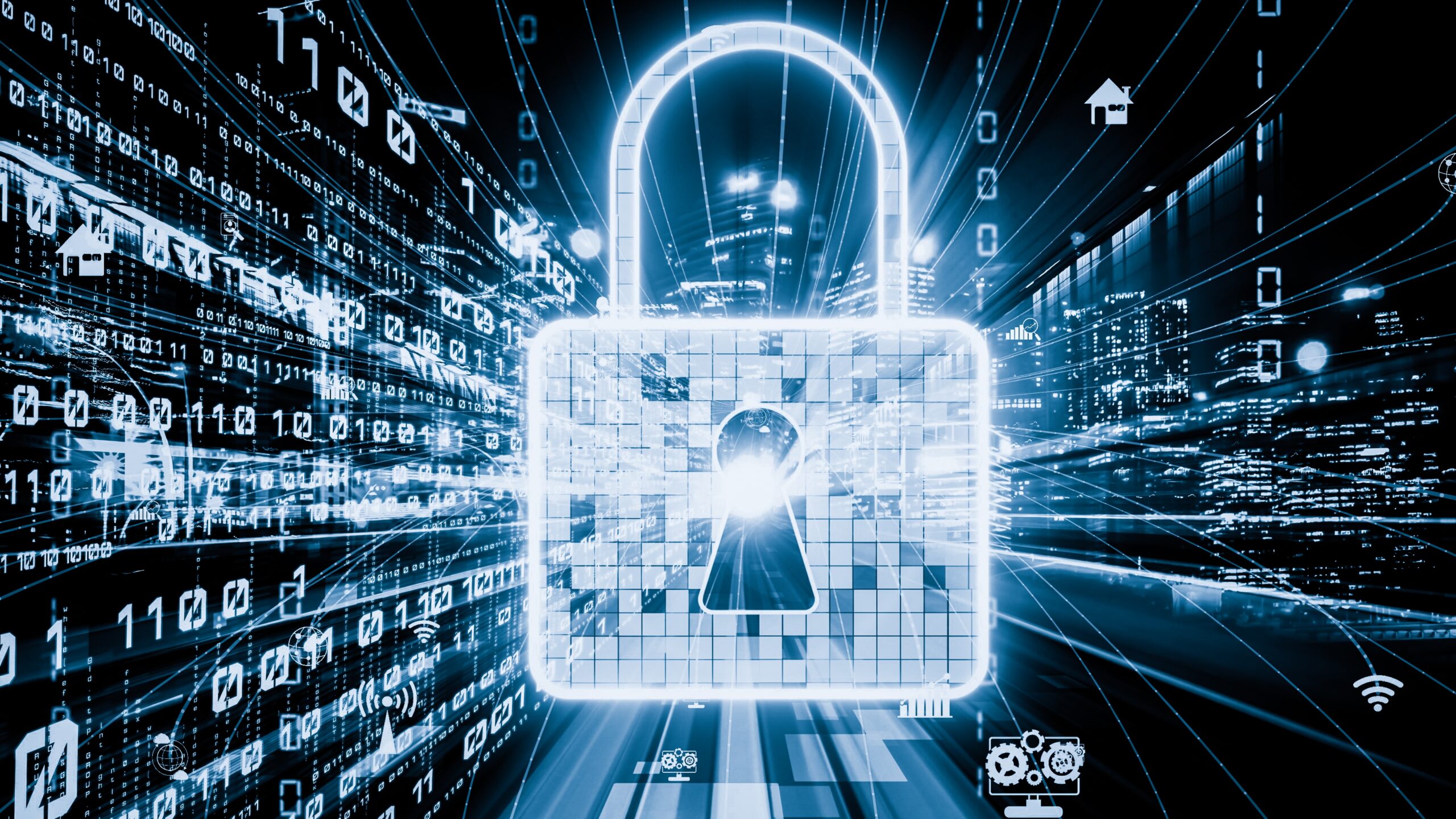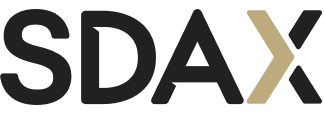
The Bybit Hack and The Structural Fix Cryptocurrency and Digital Asset Exchanges Need
By Rachel Chia, CEO of SDAX
The recent breach of the Bybit cryptocurrency exchange, resulting in the theft of a staggering US$1.5 billion in user assets in February 2025, is yet another stark reminder of the systemic vulnerabilities plaguing the cryptocurrency and digital asset industry. This incident follows the storied history of other high-profile exchange hacks, including Binance (US$570 million in October 2022), FTX (US$600 million in November 2022), and the Ronin Network (US$615 million in March 2022). Even Mt. Gox, once a dominant player, was driven to liquidation after losing US$450 million in its final breach.
The implications of the Bybit hack extend far beyond the immediate financial loss to its users. Reports suggest that the North Korean-linked “Lazarus Group” orchestrated the heist, with stolen crypto assets now being funnelled through other exchanges. The industry has responded by blacklisting hacker wallets, yet despite government intervention, illicit funds continue to be laundered at scale. The attackers have successfully converted stolen cryptocurrency into other cryptocurrency coins and stablecoins, moving them through decentralised exchanges, cross-chain bridges, and other opaque mechanisms beyond regulatory oversight.
It is inevitable that these recurring breaches erode confidence in the broader digital asset ecosystem. The hackers’ playbook remains unchanged – they exploit vulnerabilities in an exchange’s hot wallet security, breach critical points of failure, and escape with user assets. This is largely a structural flaw inherent in cryptocurrency and digital asset exchanges, where there is insufficient separation as trading and custody functions are typically managed by the same entity.
In contrast, SDAX Exchange has deliberately architected its platform to avoid these systemic weaknesses. By decoupling the exchange from the custodial function, SDAX Exchange eliminates the single point of failure that has plagued other platforms. Under SDAX Exchange’s model, customer assets are held by an independent, fully regulated custodian rather than by the exchange itself. This foundational difference significantly enhances security – even in the unlikely event of a breach at SDAX Exchange customer funds remain untouched within a separately regulated entity with its own risk management protocols.
This separation is reinforced by a distinct governance framework that ensures independent oversight of custodial operations. SDAX Exchange’s custodian, operating under its own regulatory frameworks, designed by regulators to govern financial institutions handling customer assets, implements a rigorous suite of security measures, risk management protocols, and operational safeguards. These include strict capital reserve requirements, robust audit processes, stringent compliance controls, and comprehensive insurance coverage – elements that are often absent or inconsistently applied in other cryptocurrency and digital asset exchanges.
While some may argue that segregating trading and custody functions introduces operational complexity, SDAX Exchange has effectively mitigated this through advanced API technology and seamless integration with its partners. Settlement on SDAX Exchange remains near-instantaneous at the blockchain level, ensuring efficiency without compromising security. While there is an inherent cost to maintaining independent custody, this is negligible compared to the catastrophic losses suffered by exchanges that fail to implement such safeguards.
Underpinning all this is also the nature of digital assets that are traded on SDAX Exchange. Unlike the cryptocurrency exchanges, SDAX Exchange deals with tokenised real world assets (RWA Tokens) which are digital assets representing real world assets, securities, funds and regulated financial instruments. These RWA Tokens that SDAX Exchange deals with are subject to strict legal and regulatory frameworks as well as securities regulation, ensuring greater oversight and investor protection.
Additionally, SDAX Exchange operates primarily on private permissioned blockchains, which offer enhanced data control and access security. Further reinforcing platform integrity, SDAX Exchange deploys robust identity verification procedures in our “Know Your Customer” (KYC) and anti-money laundering (AML) approvals, eliminating the possibility of anonymous bad actors from engaging in malicious activities on the SDAX Exchange.
Blockchain and digital assets are now inextricably woven into the fabric of modern finance. As investors navigate this evolving landscape, it is no longer sufficient to assess platforms solely based on technology and trading capabilities. A more fundamental question must be asked: What structural protections are in place to safeguard investor assets? The repeated failures of cryptocurrency exchanges highlight the urgent need for robust custodial separation. Perhaps SDAX Exchange is ahead of the game, but it is only a matter of time before regulators and investors alike demand that trading and custody functions be distinct across the industry. In this regard, SDAX Exchange’s approach provides a forward-looking blueprint for securing the future of digital asset investments.


